While vacationing in New Orleans, we wanted to go on a plantation tour. We wanted to learn more about the production of the sugar industry as well as slavery. There were two plantations we considered touring. The Whitney and Oak Alley Plantation tours were our top choices. The reviews on TripAdvisor helped us choose. The Oak Alley Plantation tour focuses more on the beautiful plantation mansion. We chose the Whitney Plantation because it is a museum about slavery, not just a pretty place.
At first we weren’t sure if we should rent a car or go with a large group of people on a bus. So glad we took the bus instead! We took the Greyline Tour bus to the plantation. It was about a one hour ride from the city center of New Orleans to the plantation. Kendrell was our tour guide on the way to and from the Whitney Plantation. He provided a lot of history and fascinating details about New Orleans. Kendrell was a great guide, he made the ride there very enjoyable.
Touring the sugar plantation was very sad and emotional. So much history of how slaves were captured, shipped from Africa and sold in the United States. Over 1 million slaves were sold in that era. It’s very sad and heartbreaking knowing that they were just a commodity, a product. They did’t have a say in anything. Even their bodies and soul did not belong to them. We don’t know how we could possibly survive in that era. We don’t know how people could possibly be that cruel. They could not pray or learn to read or write. If they were caught, they were whipped, chained or forced to work the fields without food.
Overall, it was a fantastic tour, it was sad but very educational. We learned a lot about the slavery in New Orleans and slavery within the sugar industry. These are just a few pictures. We strongly recommend you to go on this tour. It is worth the time, it is a very memorable experience.
Statues at the Antioch Baptist Church
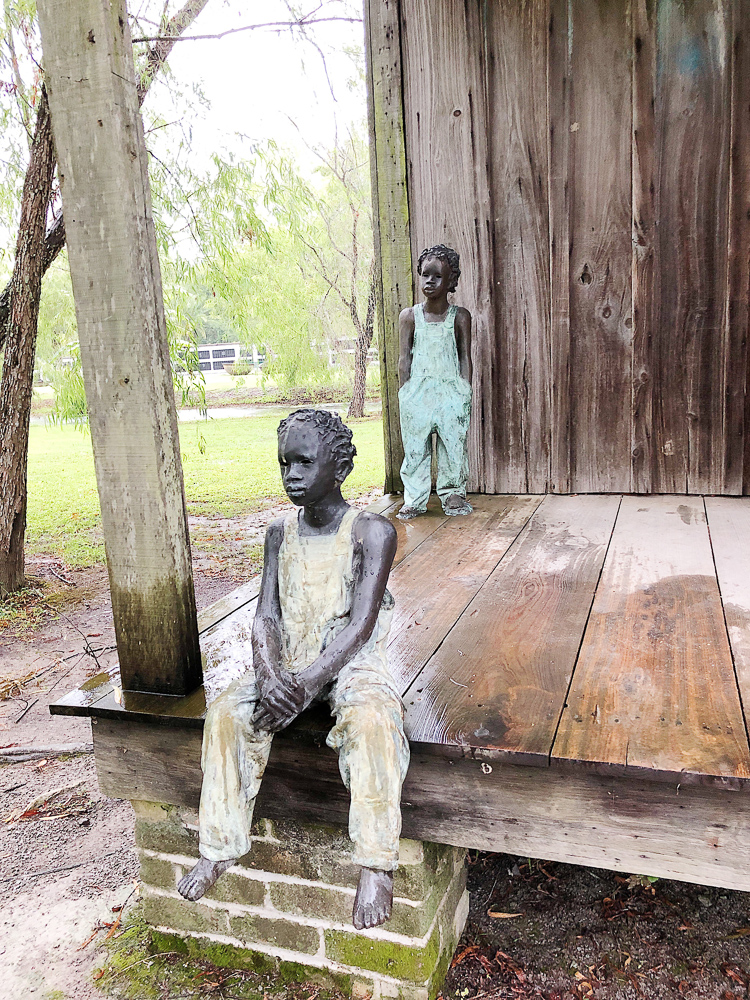
The statues represent enslaved children at The Whitney Plantation.
Memorial Wall

The wall is memorialized with the names of 356 people who were enslaved at the Whitney. There were at least one paragraph on each panel written in the words of people who were enslaved at the Whitney.
Coming Home
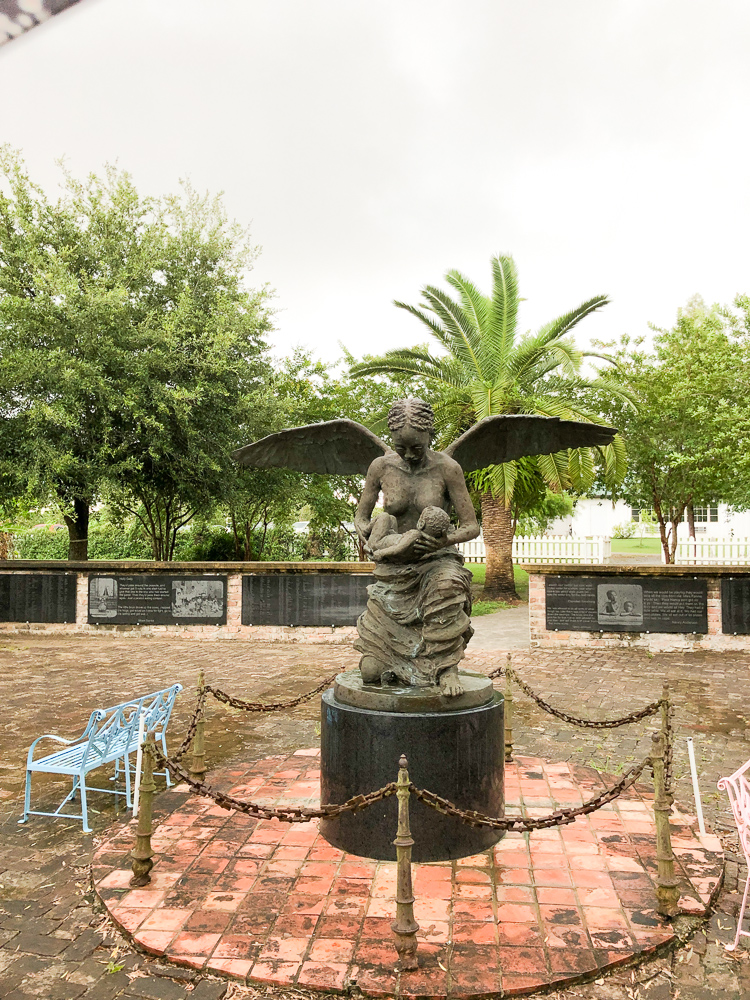
This statue is named: Coming Home, it sits in the middle of the Field of Angels. A circular courtyard, listing the names of 2,200 slave babies who died before their third birthdays.
Slave cabin
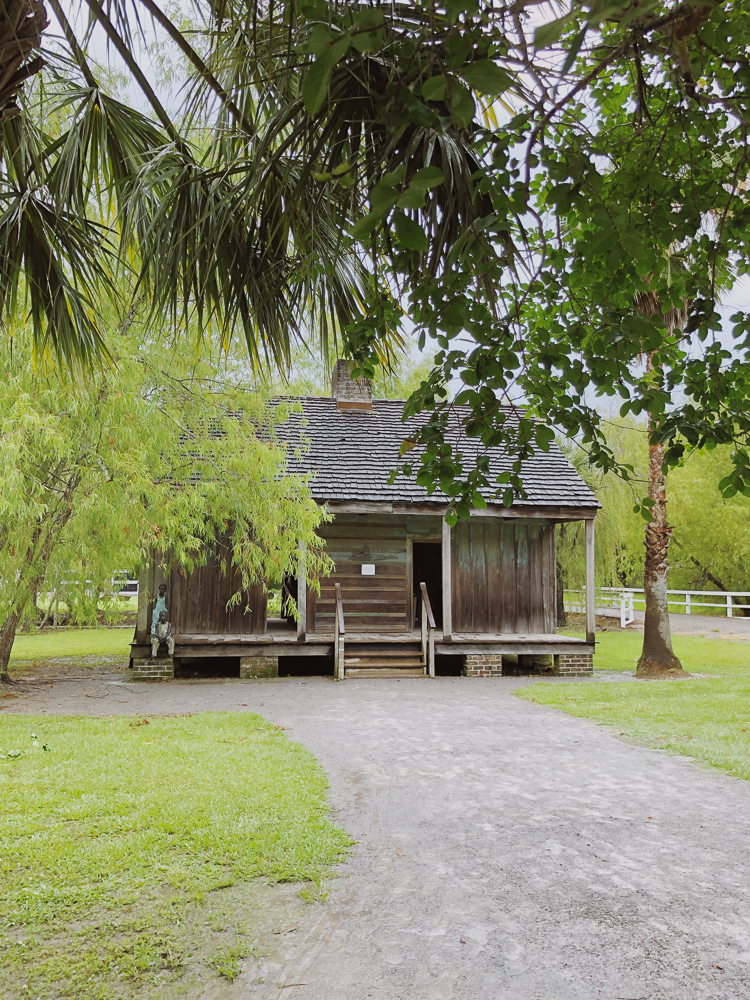
There were once several of these cabins at the Whitney Plantation. Each cabin was less than 200 square feet, home to about 15 people. Some enslaved people slept inside and some people slept on the porch.
Sugar Kettles
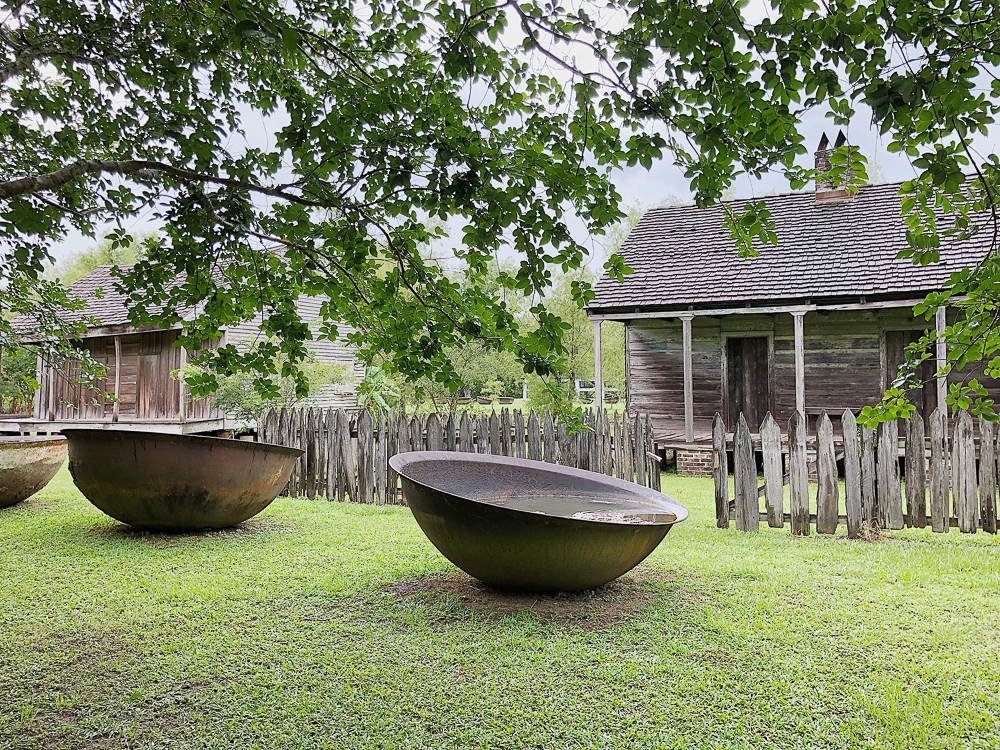
These kettles were used to produce sugar, each are six feet in diameter. The tour explained how slaves were forced to produce over 400,000 pounds of sugar from a plantation each season.
Iron Prison Boxes

These iron boxes were used to hold enslaved people for sale or transport. There are three boxes in this photo, each are very small. Each box was only 6 feet by 6 feet and would be filled with six adults. Before sale, the appearance of enslaved people were changed. Gray hair was colored and muscles were coated to glisten and stand out. The enslaved people were also instructed to dance or exercise. This toned the appearance of their muscles to improve the sale price. The outside temperature is hot, iron retains heat and the exercise in the heat makes it worse.
The Kitchen House

This small kitchen was only about 100 sqft. It was very functional, not much room inside. None of the food prepared in this kitchen went to any enslaved people. All the food from this kitchen went to plantation house for the masters. The enslaved people grew and cooked their own food next to the slave houses. Some of that food also went to their masters.
Sugarcane
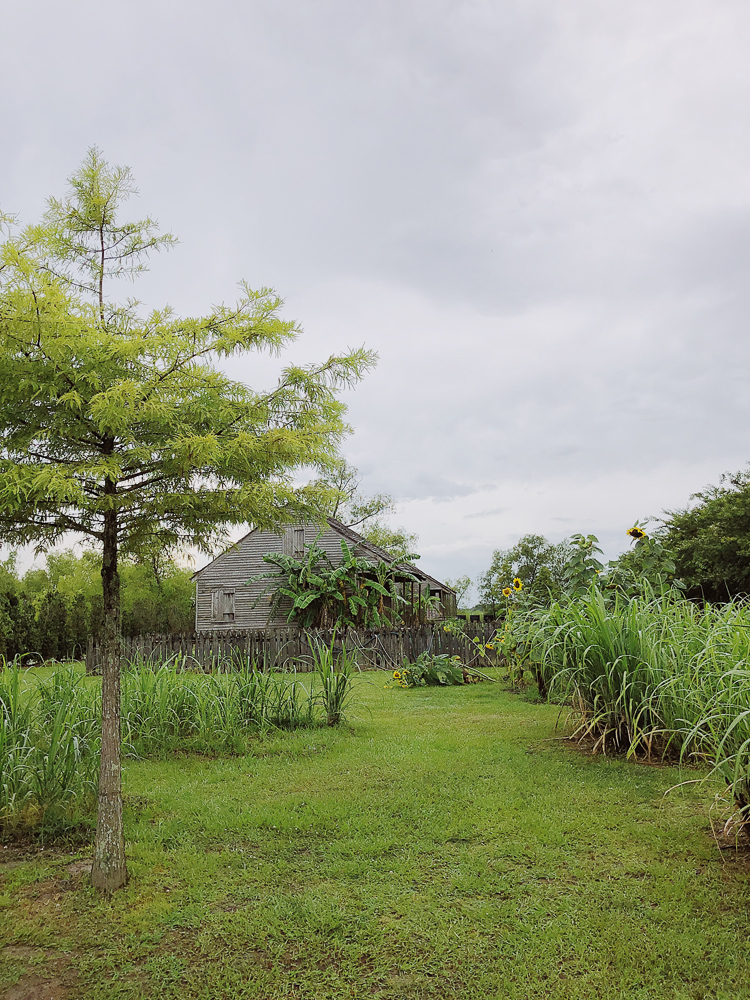
Sugarcane grows at an impressive rate. The young stalks grow an inch per day and the leaves grow a foot per day. The mature stalks grow a foot per day. The crop is harvested between October and January, depending on the temperature. The crop does not survive the cold temperatures. The crops are replanted a year after harvesting. The harvesting was performed by hand. The leaves are very sharp, it is a very difficult work.
Green Bananas
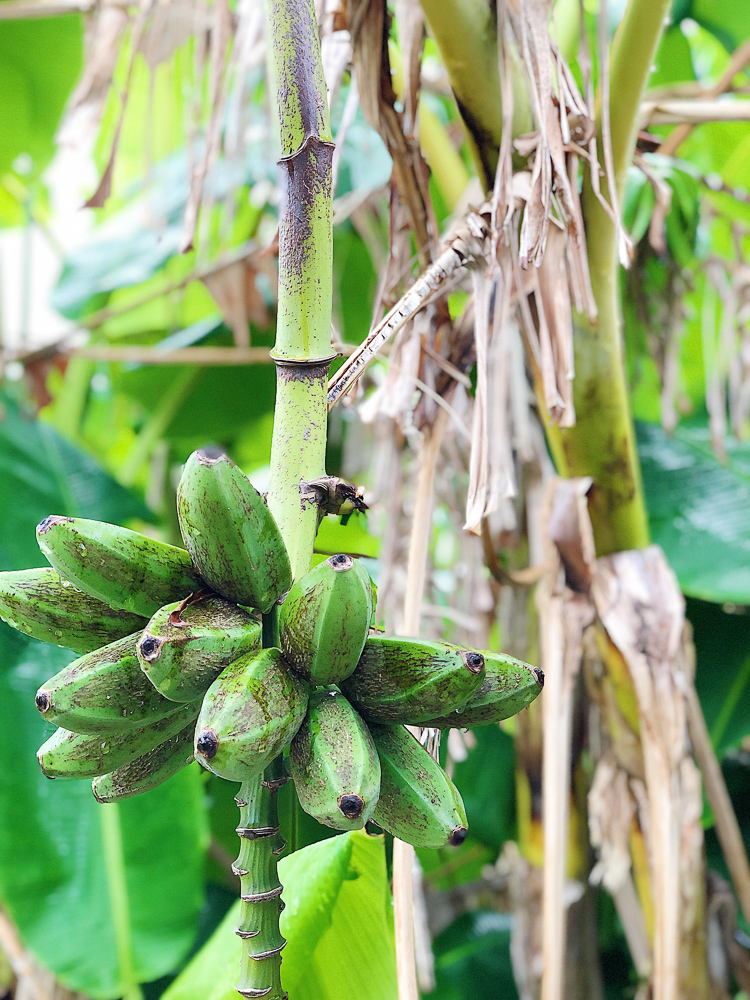
These bananas are planted everywhere around the plantation.
The Whitney Plantation House
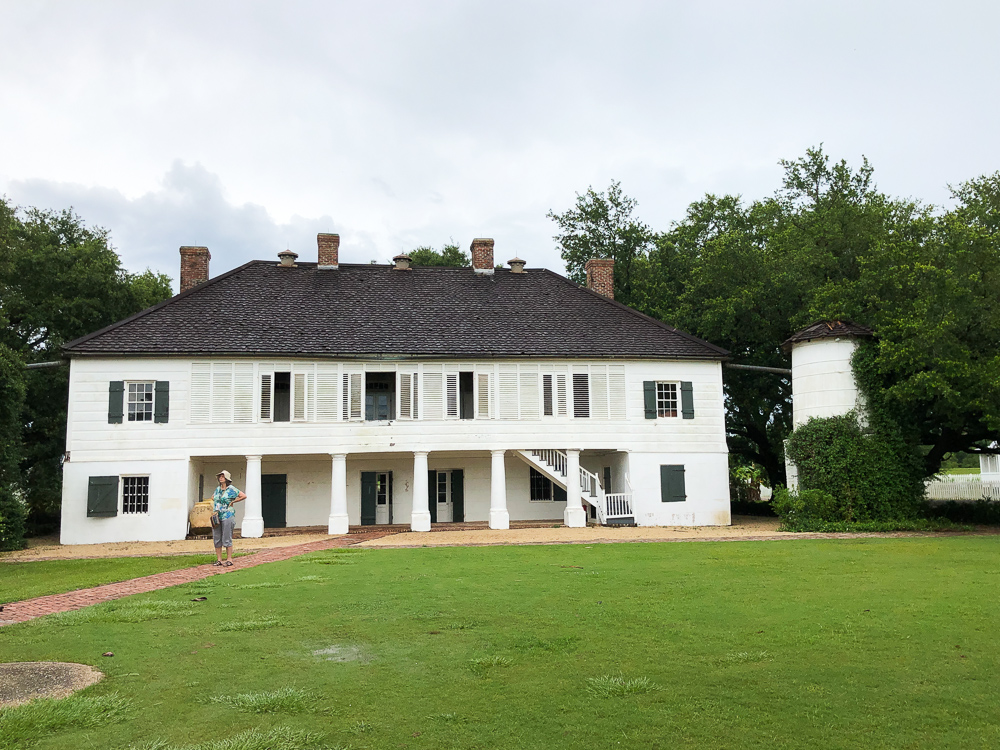
The front view of the plantation house.
The Live Oak tree behind the plantation house
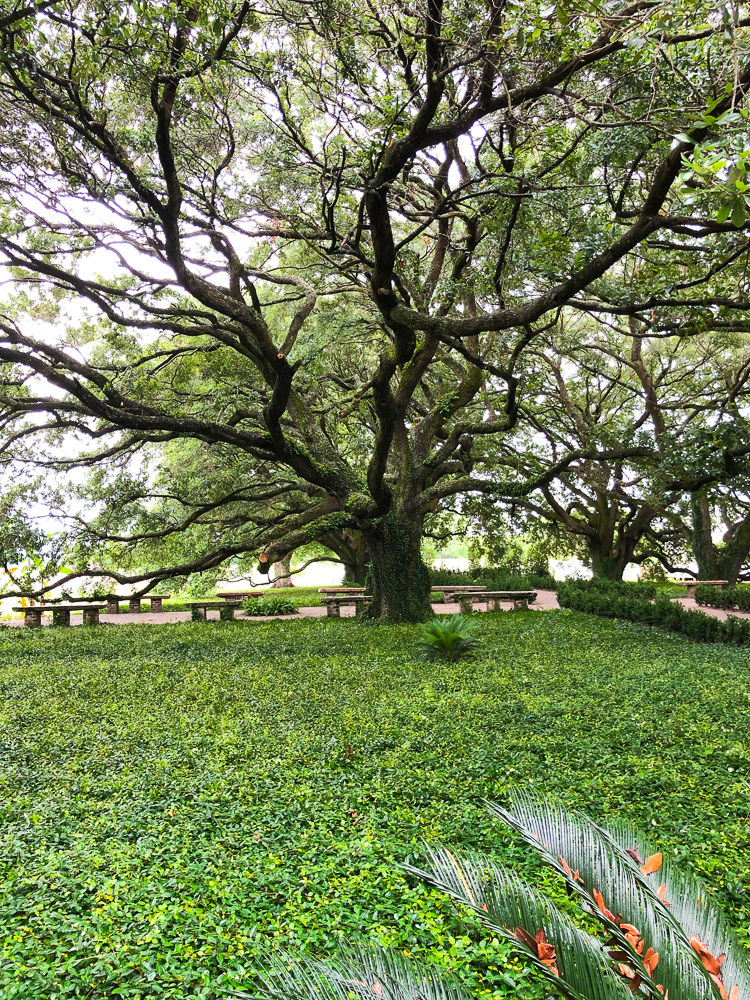
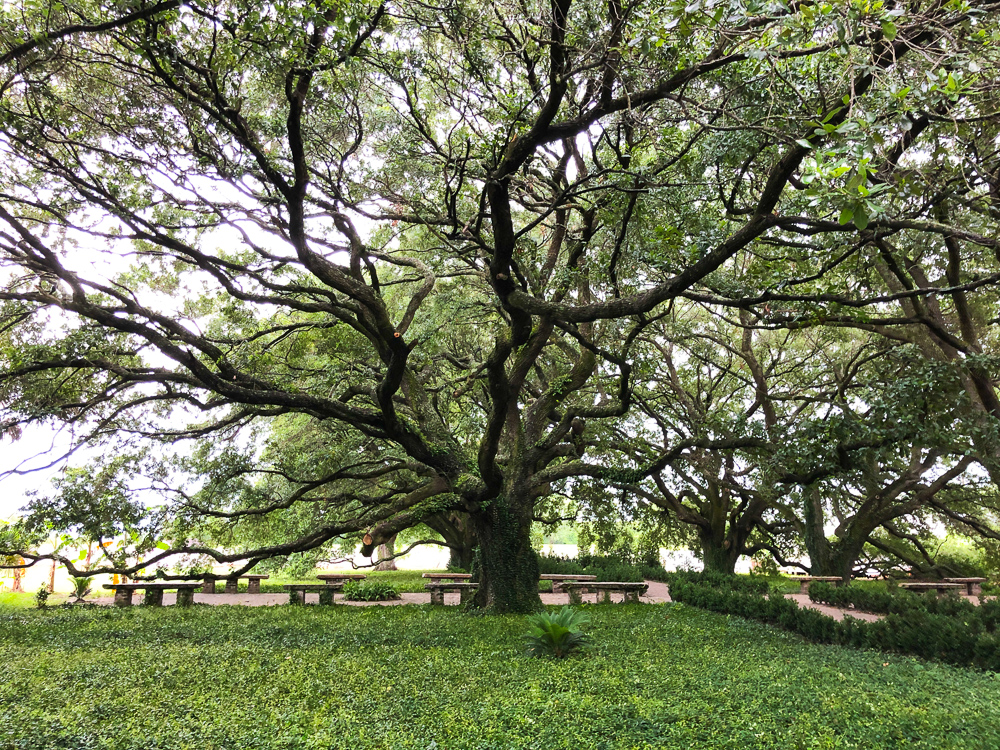
This tree is so large, shading the pathway at the rear of the plantation house.
Garden pathway at the rear of the plantation house
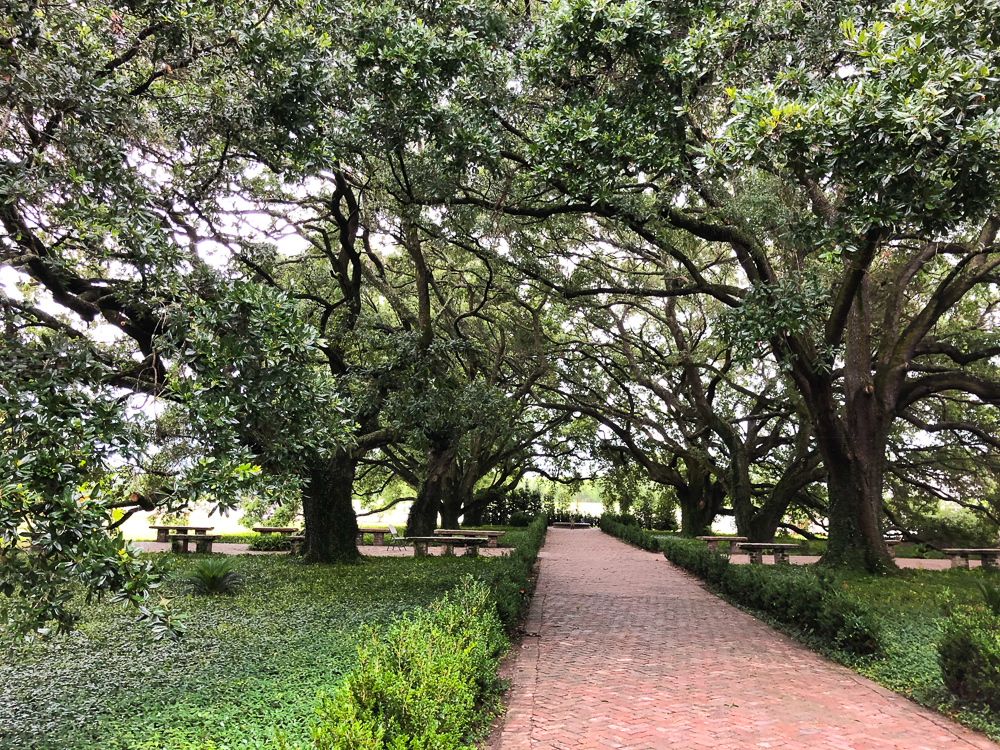
The path exiting the tour.
Giving back the chains

This sculpture at the end of the tour was very moving.
Don’t be fooled by our smiles
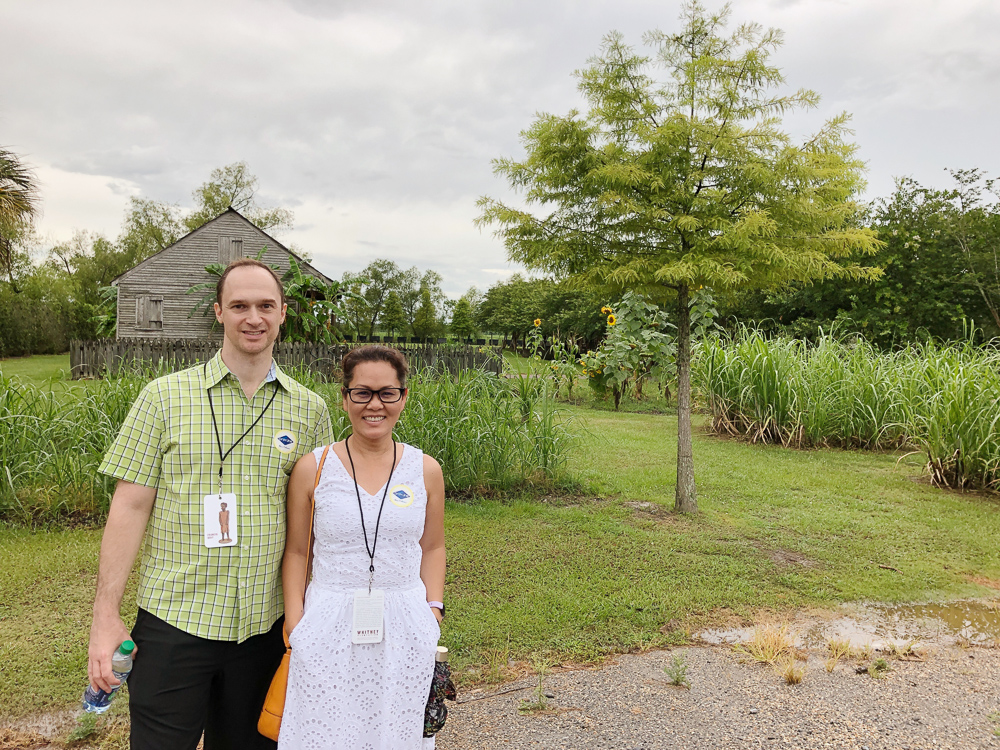
This place is very emotional and very sad. I don’t know how people could possibly be so cruel back then! Everyone should see this tour, it will make you sad, it will touch your heart. You will still enjoy your vacation after seeing it. You will grow from the experience.
The end of the tour
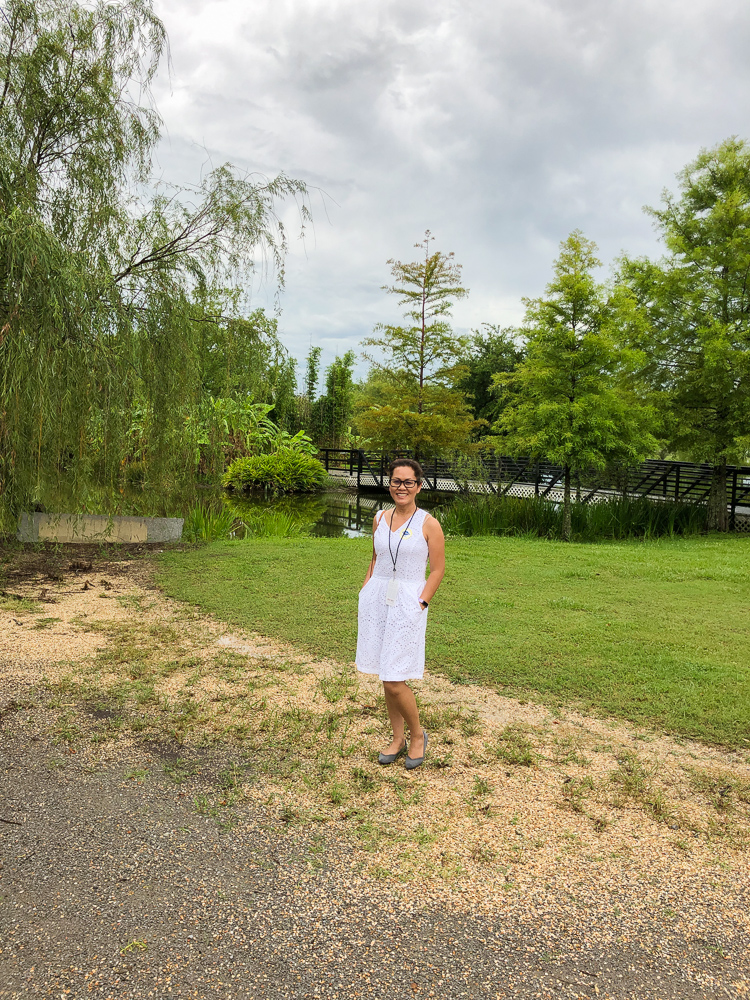
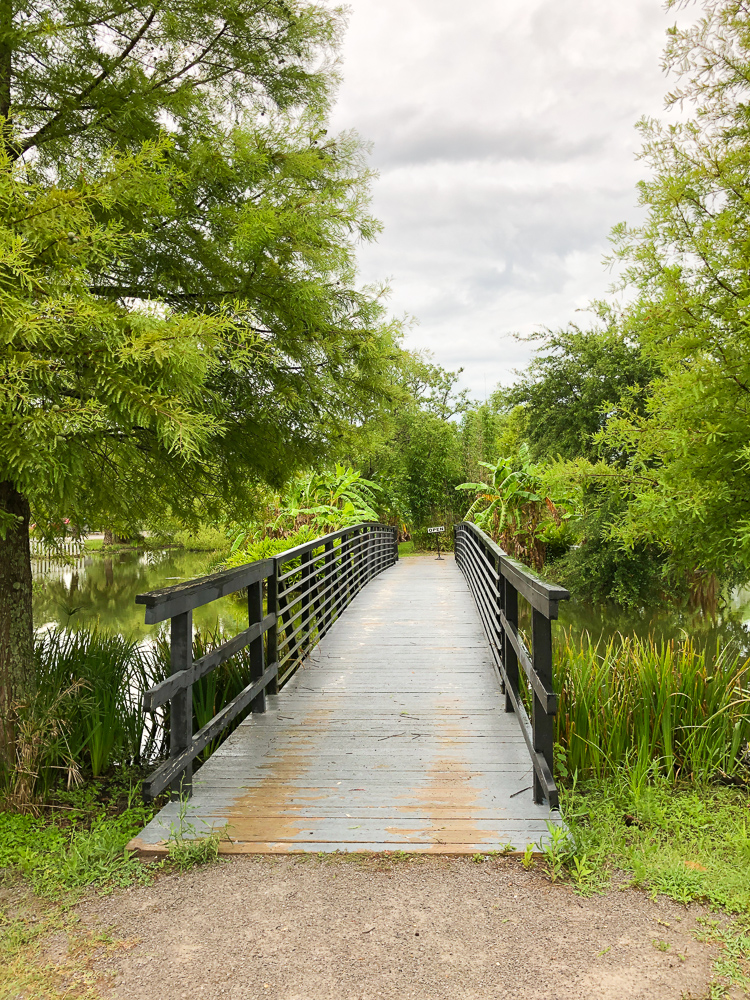
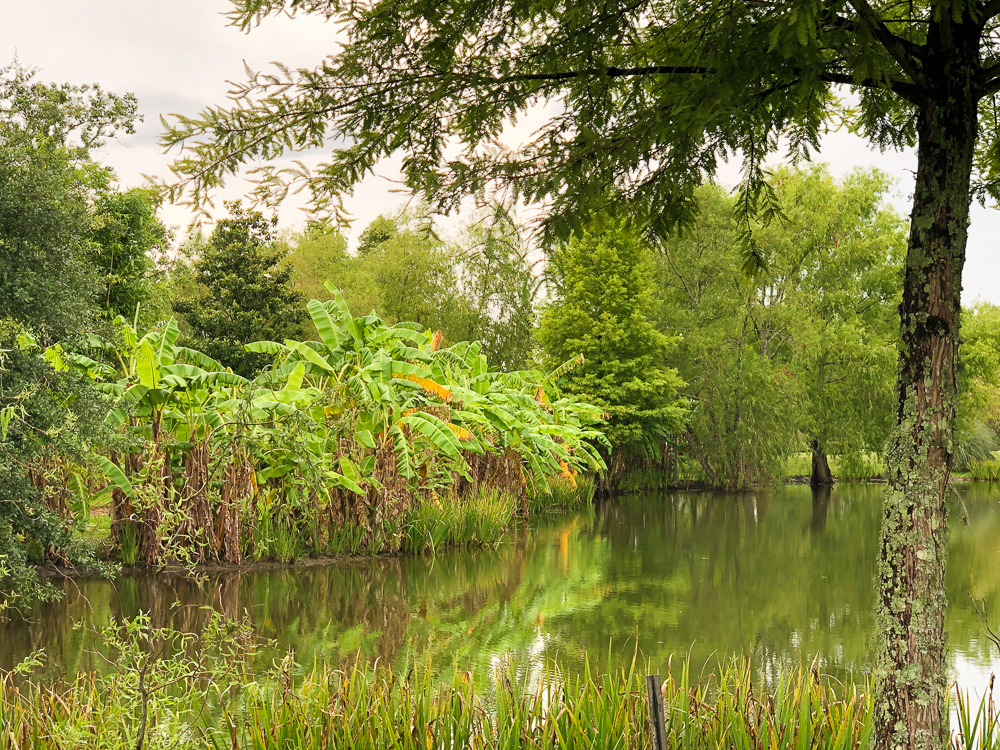
I was so touched by this tour. The people who lived through slavery suffered in so many ways.





